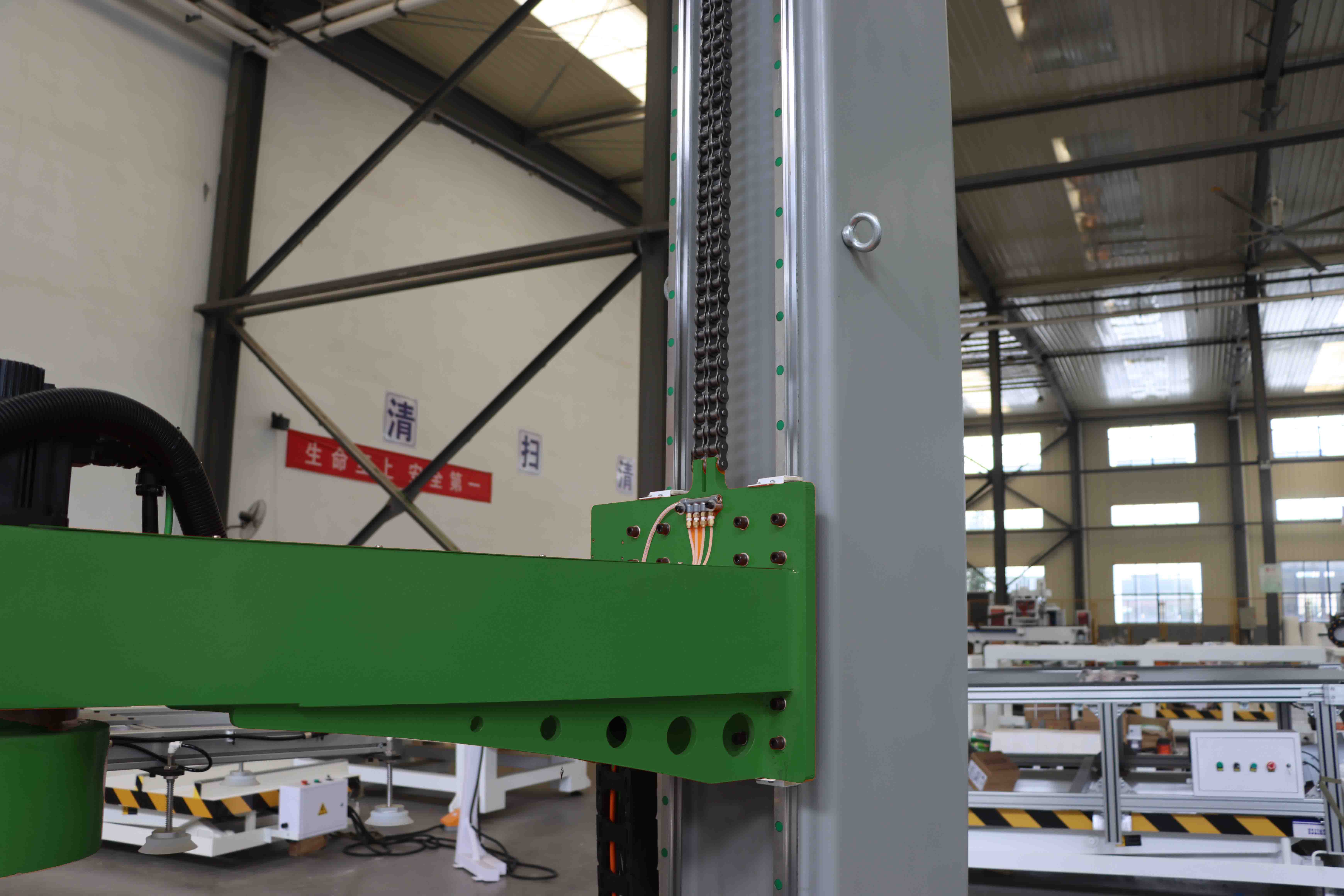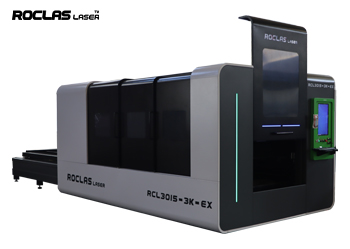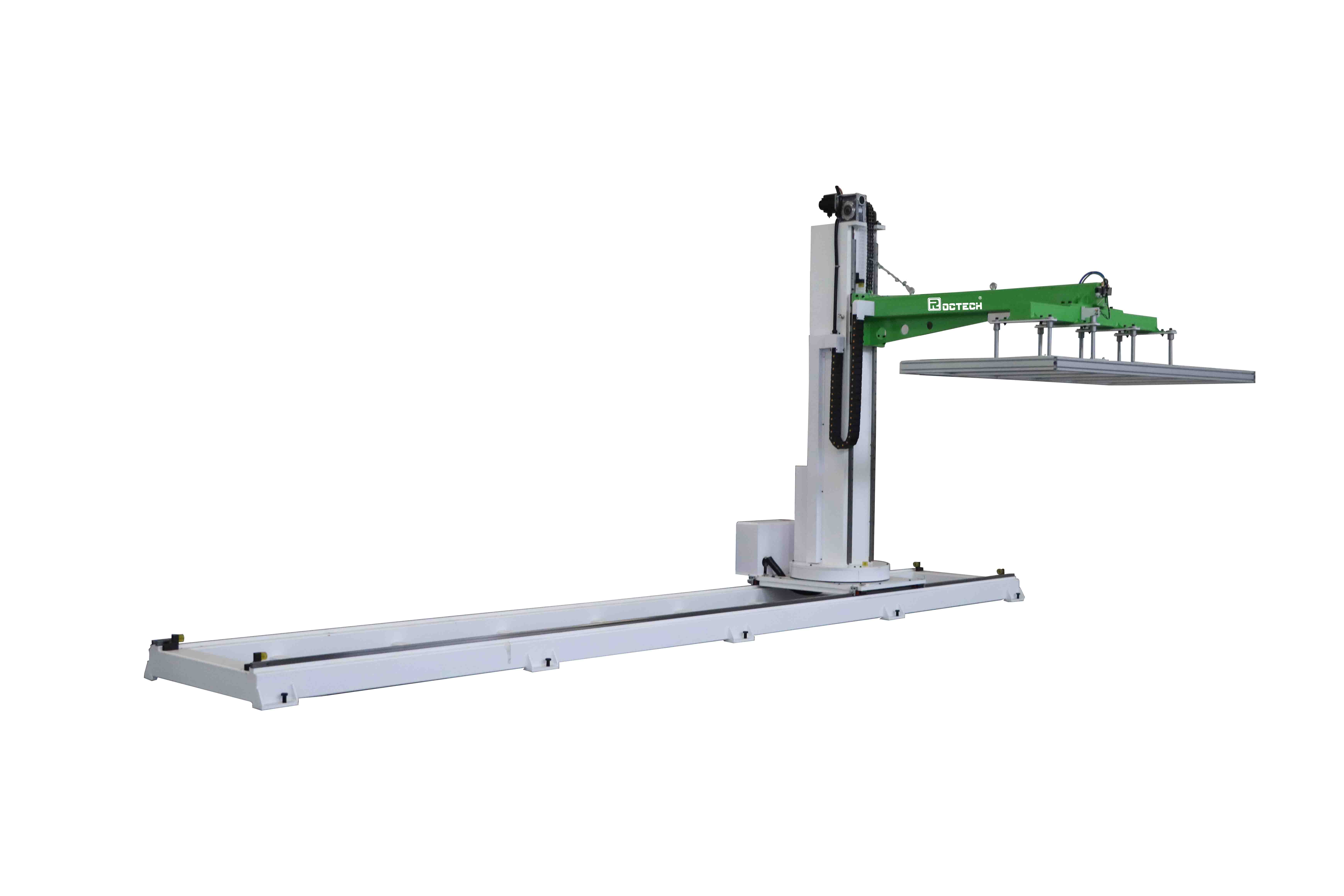Présentation
Les lasers à fibre MOPA (Master Oscillator Power Amplifier) sont la pierre angulaire de la fabrication moderne et des applications industrielles en raison de leur précision, de leur polyvalence et de leur efficacité. Avec l'adoption croissante de la technologie laser avancée dans l'industrie, il est essentiel de comprendre la dynamique de tarification des lasers à fibre MOPA pour les entreprises qui cherchent à prendre des décisions d'investissement éclairées. Cet article examine en profondeur les facteurs qui influencent le prix des lasers à fibre MOPA, les tendances actuelles du marché et comment faire un achat rentable.
Qu'est - ce qu'un laser à fibre MOPA?
Un laser à fibre MOPA est un laser qui utilise un oscillateur principal pour produire un faisceau laser de faible puissance qui est ensuite amplifié par un amplificateur de puissance pour obtenir une puissance de sortie plus élevée. Cette configuration permet un meilleur contrôle de la durée et de la fréquence des impulsions, ce qui rend les lasers à fibre MOPA idéaux pour les applications nécessitant une grande précision, telles que le marquage laser, la gravure et le micro - usinage.

Facteurs influençant le prix des lasers à fibre MOPA
1. Laser Power Output The power output of a MOPA fiber laser is a primary determinant of its price. Higher power lasers (e.g., 50W, 100W, 200W) are generally more expensive due to the increased complexity and cost of components required to achieve higher power levels.
2. Pulse Duration and Frequency MOPA fiber lasers offer adjustable pulse durations and frequencies, which can significantly impact the price. Lasers with a wider range of adjustable parameters and higher precision capabilities tend to be more costly.

3. Beam Quality The quality of the laser beam, often measured by the M² factor, affects the price. Lasers with superior beam quality (lower M² values) are more expensive but offer better performance in terms of focus and precision.

4. Brand and Manufacturer The reputation and reliability of the brand or manufacturer also play a role in pricing. Established brands with a history of producing high-quality lasers may charge a premium for their products.
5. Additional Features Features such as integrated cooling systems, advanced software interfaces, and compatibility with various materials can add to the cost of a MOPA fiber laser.
6. Market Demand and Supply The dynamics of supply and demand in the laser market can influence prices. High demand for MOPA fiber lasers in certain industries can drive prices up, while increased competition among manufacturers may lead to price reductions.
7. Geographical Location The cost of MOPA fiber lasers can vary depending on the region or country of purchase due to differences in import taxes, shipping costs, and local market conditions.
Current Market Trends
1. Increasing Adoption in Various Industries MOPA fiber lasers are being increasingly adopted in industries such as automotive, aerospace, electronics, and medical devices. This growing demand is driving innovation and competition among manufacturers, potentially leading to more competitive pricing.
2. Technological Advancements Continuous advancements in laser technology, such as improved beam quality, higher power outputs, and enhanced control systems, are contributing to the evolution of MOPA fiber lasers. These advancements can impact pricing as newer models with advanced features may command higher prices.
3. Sustainability and Energy Efficiency There is a growing emphasis on sustainability and energy efficiency in manufacturing processes. MOPA fiber lasers, known for their energy efficiency, are becoming more attractive to businesses looking to reduce their environmental footprint. This trend may influence pricing as manufacturers invest in developing more eco-friendly models.
4. Customization and Flexibility The ability to customize MOPA fiber lasers to meet specific industry requirements is becoming increasingly important. Manufacturers offering customizable solutions may charge higher prices for tailored products that cater to unique applications.
Investment Insights
1. Cost-Benefit Analysis When considering the purchase of a MOPA fiber laser, businesses should conduct a thorough cost-benefit analysis. This involves evaluating the initial investment against the potential long-term benefits, such as increased productivity, reduced material waste, and improved product quality.
2. Total Cost of Ownership (TCO) Beyond the initial purchase price, businesses should consider the total cost of ownership, which includes maintenance, operational costs, and potential downtime. Investing in a high-quality MOPA fiber laser with lower maintenance requirements can result in significant cost savings over time.
3. Financing Options Many manufacturers and suppliers offer financing options or leasing arrangements for MOPA fiber lasers. These options can help businesses manage cash flow and reduce the financial burden of a large upfront investment.
4. After-Sales Support and Warranty The availability of after-sales support and warranty coverage is an important consideration. Reliable support and comprehensive warranties can provide peace of mind and protect against unexpected costs related to repairs or replacements.
5. Market Research and Comparison Conducting thorough market research and comparing different MOPA fiber laser models and manufacturers can help businesses identify the best value for their investment. Reading reviews, seeking recommendations, and consulting with industry experts can provide valuable insights.
Conclusion
The price of MOPA fiber lasers is influenced by a variety of factors, including laser power output, pulse duration and frequency, beam quality, brand reputation, additional features, market dynamics, and geographical location. Understanding these factors and staying informed about current market trends can help businesses make informed decisions when investing in MOPA fiber lasers. By conducting a comprehensive cost-benefit analysis, considering the total cost of ownership, exploring financing options, and evaluating after-sales support, businesses can maximize the value of their investment and achieve long-term success in their manufacturing processes. As the demand for precision and efficiency continues to grow, MOPA fiber lasers are poised to play a pivotal role in shaping the future of industrial laser applications.
Que vous ayez besoin de conseils généraux ou de soutien spécifique, nous serons heureux de vous aider.